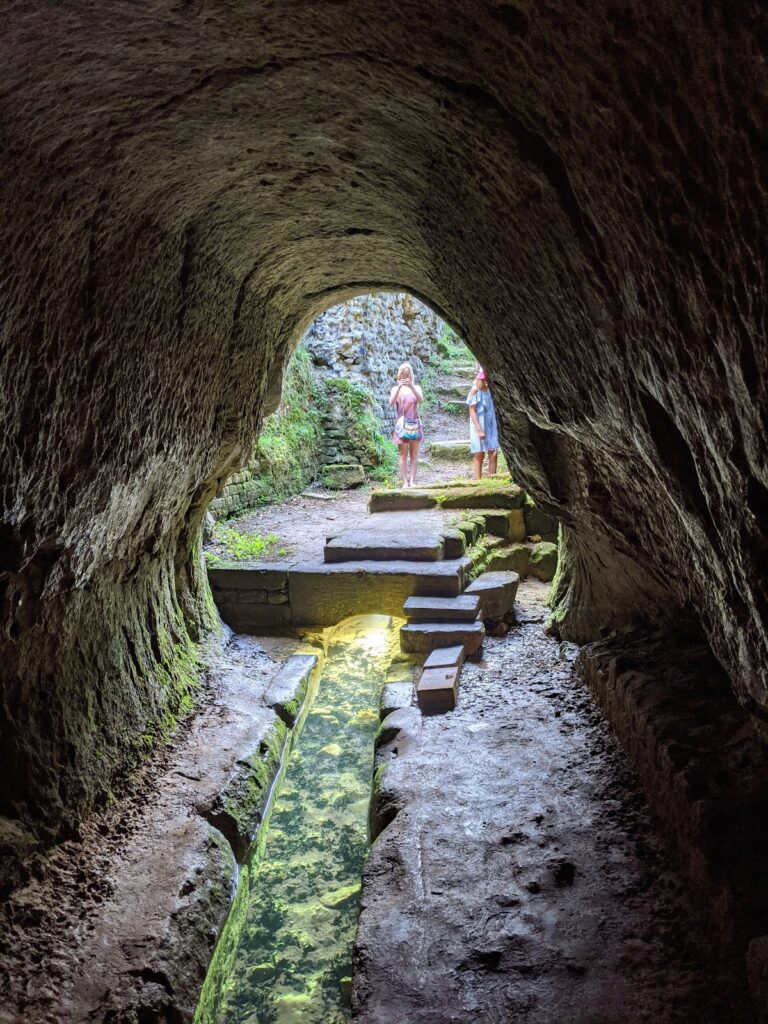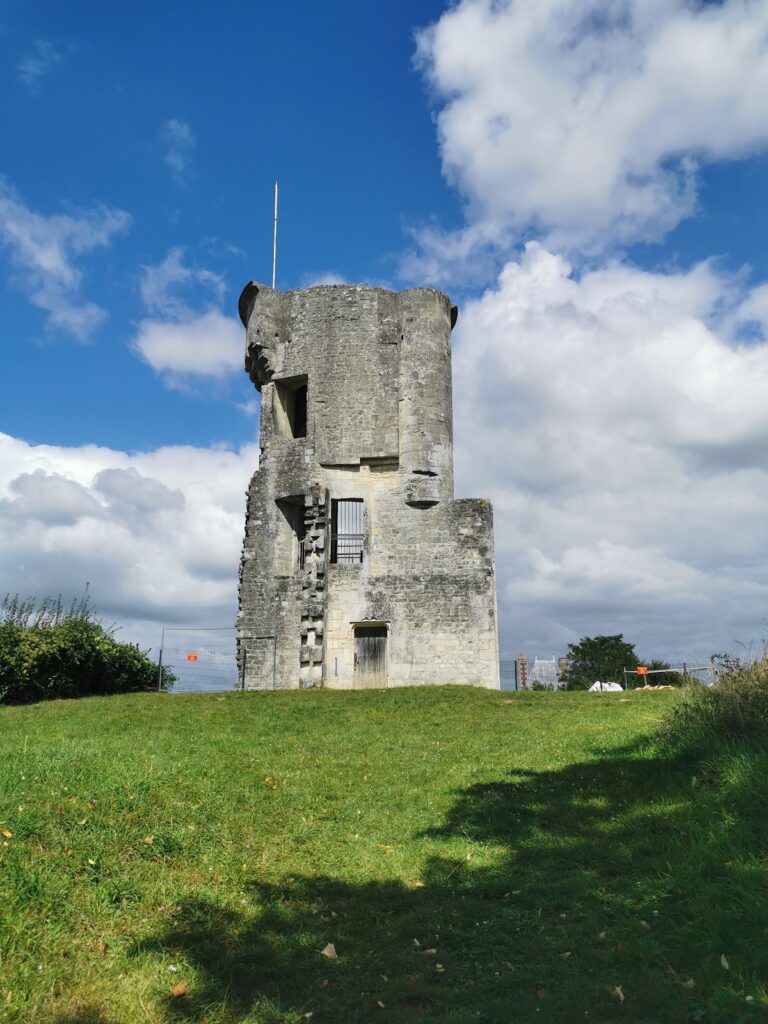La Grand Font – Fontaine Romaine Souterraine: An Ancient Roman Aqueduct in Le Douhet, France
Visitor Information
Google Rating: 4.4
Popularity: Very Low
Google Maps: View on Google Maps
Country: France
Civilization: Roman
Remains: Infrastructure
History
La Grand Font – Fontaine Romaine Souterraine is located in the municipality of Le Douhet, France. This site was developed by the Romans as part of their extensive water supply system for the ancient city of Mediolanum Santorum, known today as Saintes.
The aqueduct system was initially constructed around 20 CE during the Julio-Claudian dynasty, a period marked by the consolidation of Roman infrastructure across the empire. This early phase involved channeling water from a natural spring known as the Grand Font, which had been a water source since protohistoric times. The Romans enhanced a natural fault in the rock to create an underground channel that could reliably deliver potable water to the growing urban population.
Between approximately 70 and 120 CE, the aqueduct underwent a significant expansion to meet the increasing demand from Saintes as its population grew. This second phase extended and reinforced the water channels, ensuring a steady supply over a wider area. The aqueduct remained in use until the 4th century CE, after which it ceased operation. During the later Roman period, much of the aqueduct’s masonry was dismantled and repurposed for other building projects, reflecting changes in urban needs and the decline of Roman authority in the region.
In the Middle Ages, the water from the Grand Font was redirected to serve a local castle. After leaving the underground aqueduct, the water flowed into a washhouse, or lavoir, where it was used for communal washing before continuing downstream as a partially open stream. This medieval adaptation illustrates the continued importance of the water source long after the Roman aqueduct had fallen out of use.
Interest in the site’s archaeological significance began in the early 18th century. A major contribution came in 1968 when Abel Triou completed detailed mappings of the entire aqueduct routes. Since 2003, local archaeological groups and heritage organizations have carried out excavations and preservation efforts to better understand and protect the remains of this ancient water system.
Remains
The remains of La Grand Font – Fontaine Romaine Souterraine reveal a carefully engineered Roman aqueduct system that combined underground channels, open conduits, and elevated structures. The water source emerges at two points and feeds a canal running parallel to the nearby Font Morillon canal, separated by only a few meters. The main channel is carved by enlarging a natural fault in the rock, creating an underground passage that protected the water flow.
The aqueduct’s channels typically have a U-shaped or square cross-section, measuring about 60 centimeters deep, 30 centimeters wide at the bottom, and 40 centimeters wide at the top. This shape, often rounded like a V, was designed to maintain water flow even with a very slight gradient of less than one millimeter per meter, allowing gravity to carry the water efficiently over long distances.
Several types of structures are present along the aqueduct. Tunnels carved directly into the rock are covered with stone lintels to prevent collapse. Open channels, known as dalots, are lined with carefully cut stone but remain uncovered. Elevated constructions include bridges and canal bridges that allowed the aqueduct to cross valleys and streams. Noteworthy among these is a 10-meter-long wall-bridge at la Grimauderie, a substantial canal bridge near Fontcouverte measuring 160 meters in length and rising 20 meters high with visible arched piers, and a 400-meter-long bridge between Les Arcs and La Grille designed to span a valley and watercourse.
After the water exits the underground channel, it flows into a medieval washhouse or lavoir, where it was used for washing clothes before continuing downstream. This washhouse represents a later adaptation of the Roman water system, integrating it into the community’s daily life during the Middle Ages.
Today, much of the aqueduct’s masonry survives in underground sections accessible to visitors, while other parts remain as piers or bases of piers. A section of the canal is preserved and displayed at the Saintes archaeological museum, providing tangible evidence of the construction techniques and materials used by the Romans. The masonry primarily consists of cut stone, reflecting the durable craftsmanship that allowed parts of the aqueduct to endure through centuries of change.







